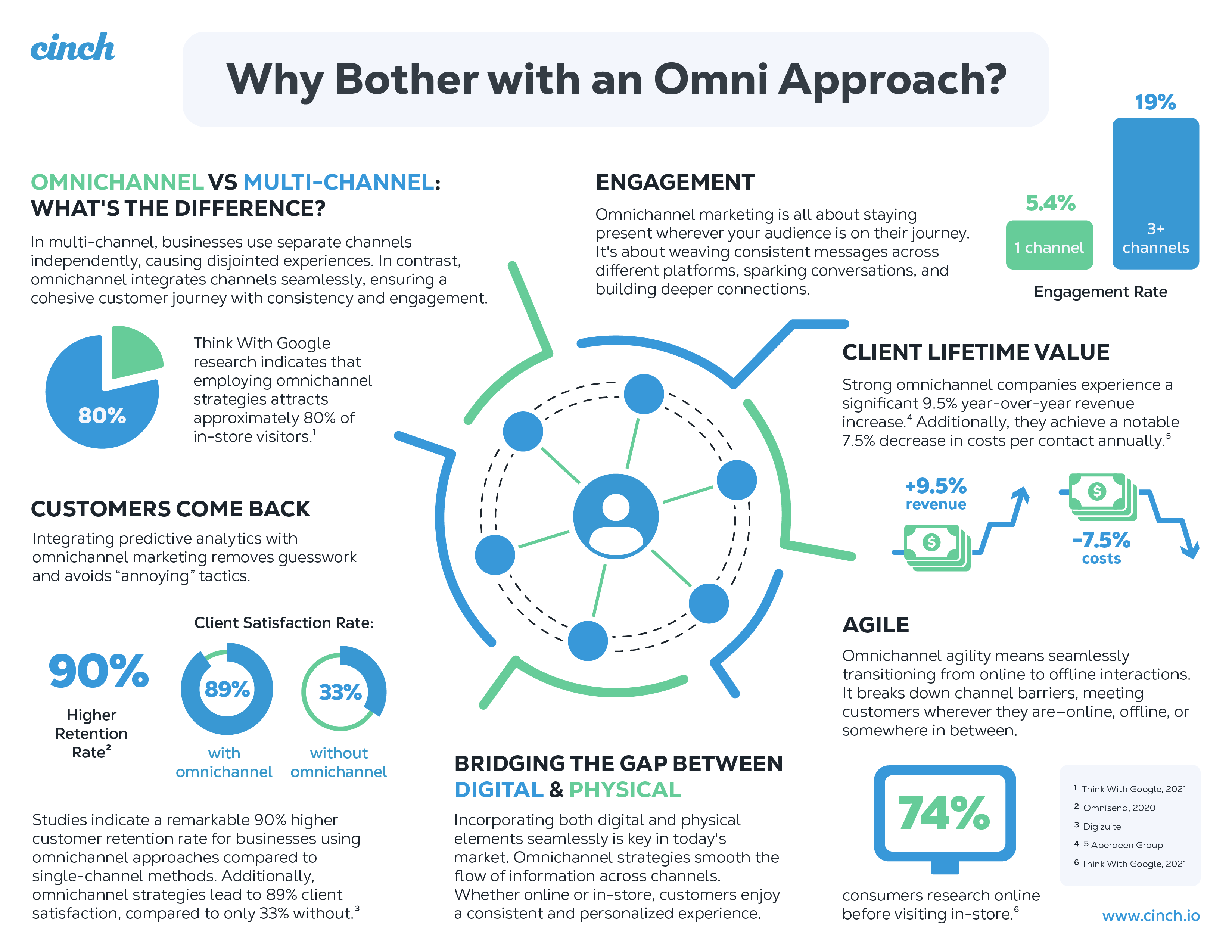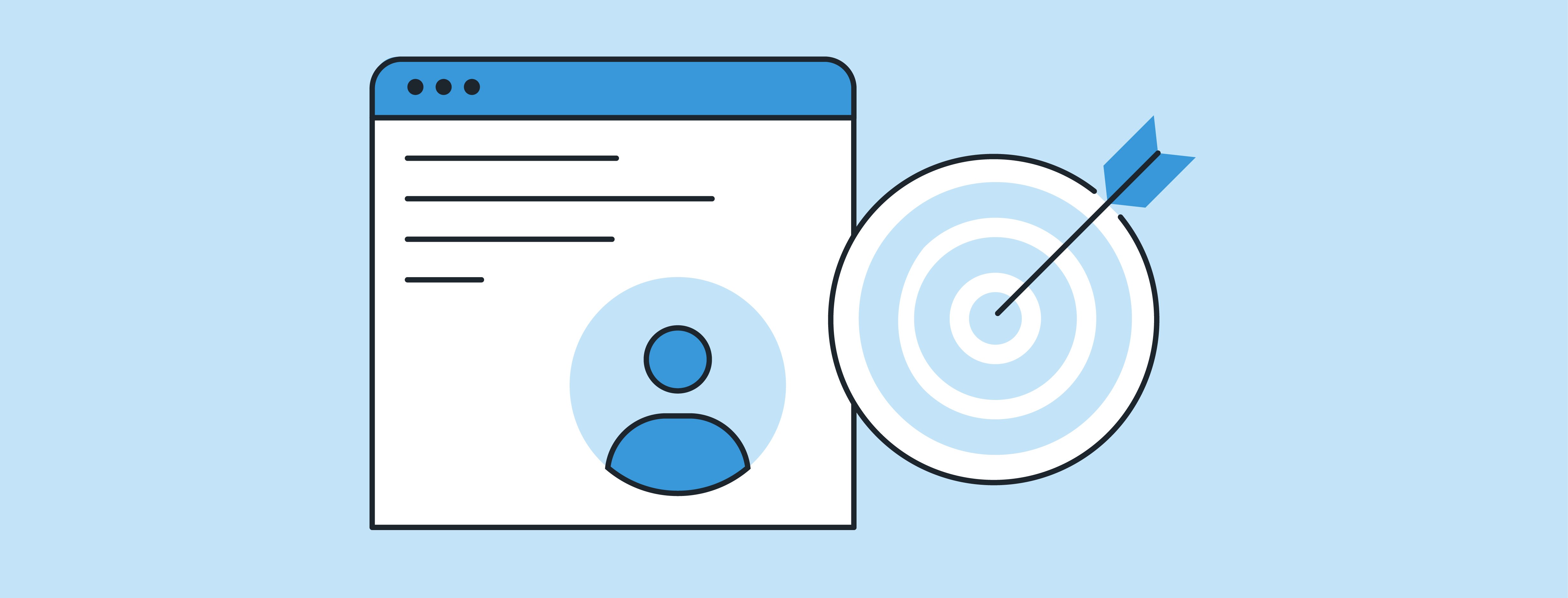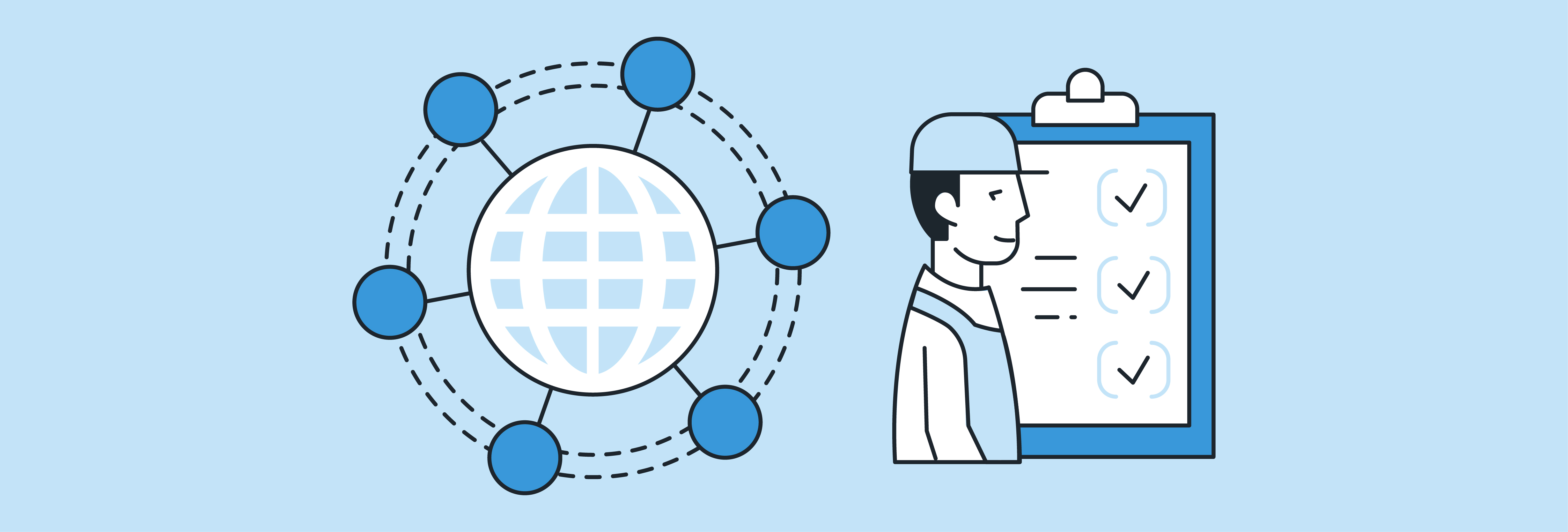What Exactly Is Omnichannel Marketing?
Omnichannel marketing transcends the siloed approach of traditional customer engagement, where marketers use multiple independent channels. It's a strategic methodology that integrates all channels – physical, digital, and social – into a single, unified customer experience. This approach ensures consistent brand messaging, seamless transaction flow, and personalized interactions across each customer touchpoint, ultimately fostering customer loyalty and driving business growth.

The Difference Between Omnichannel and Multi-Channel Marketing
While both involve utilizing several channels, the strategic approach and ultimate customer experience differ significantly. Let's break down the key distinctions:
| |
Multi-Channel
|
Omnichannel
|
|
Channel Integration
|
Channels operate independently, with limited communication between them. Each channel may have its own set of data and processes.
|
Channels are interconnected and communicate with each other. Information is shared seamlessly across all channels.
|
|
Customer Data & Insights
|
Customer data may be siloed across different channels, making it challenging to get a complete and cohesive view of customer interactions and preferences.
|
Offers a unified view of customer data across all channels. Comprehensive analytics provide a 360-degree view of customer behavior.
|
|
Customer Experience
|
Customer experience may vary between channels, leading to potential inconsistencies in communication, service, and overall satisfaction.
|
Provides a consistent and cohesive experience for customers, regardless of the channel they use. Transitions between channels are smooth and integrated.
|
|
Messaging
|
Messaging is static. Channels may operate with separate messaging strategies.
|
Consistent messaging across all channels, adaptable to where the customer is in the journey.
|

Accurate Omnichannel Marketing Attribution Is No Longer Wishful Thinking
With customers interacting across your various physical locations, websites, mobile, billboards and social media presences, understanding their journey and attributing success to specific channels is critical for measuring marketing effectiveness. Today's digital landscape demands a holistic approach, where every touchpoint – from direct mail to an in-store visit – seamlessly blends into a unified customer experience. Omnichannel marketing attribution lies at the heart of this transformation, offering invaluable insights and advantages that were previously just guesswork.
-
 Omnichannel removes best guess attribution: Piecing together fragmented data from individual channels and store locations is, thankfully, a thing of the past. Attribution becomes straightforward when all of your channels are linked together. Omnichannel enables you to omit the guesswork about whether customers engaged across multiple channels before making a transaction because every interaction is tracked, unveiling the intricate web of touchpoints that influence their decisions.
Omnichannel removes best guess attribution: Piecing together fragmented data from individual channels and store locations is, thankfully, a thing of the past. Attribution becomes straightforward when all of your channels are linked together. Omnichannel enables you to omit the guesswork about whether customers engaged across multiple channels before making a transaction because every interaction is tracked, unveiling the intricate web of touchpoints that influence their decisions.
-
Out-of-home ads: No longer a black box: Out-of-home advertising, like billboards and bus wraps, often feel like throwing darts in the dark. But omnichannel attribution shines a light on their impact. By connecting offline interactions with online activity*, you can finally see if that eye-catching billboard is leading to website visits or conversions.
*Not every available tool can do this so it's important to do your research before signing on with an omnichannel platform.
Other advantages:
-
Data-driven optimization: No more throwing spaghetti at the wall and hoping it sticks. Omnichannel attribution provides actionable insights, enabling you to refine your campaigns and deliver what your customers truly want, on an individual basis.
Precise budget allocation: By understanding which channels and interactions hold the most weight, you can allocate your marketing budget more effectively, maximizing your return on investment. Don't waste money on postcards if data shows a customer just needs SMS.
Your Personas Come to Life, You Become Agile
 Omnichannel marketing goes beyond simply being present on multiple channels: It's about creating a unified customer experience. When combined with a real-time customer profiling you FAR better understand your market. The result? Persona's that are alive within your strategy, and adaptable marketing teams.
Omnichannel marketing goes beyond simply being present on multiple channels: It's about creating a unified customer experience. When combined with a real-time customer profiling you FAR better understand your market. The result? Persona's that are alive within your strategy, and adaptable marketing teams.
Beyond basic demographics, omnichannel insights reveal individual customer preferences so you can tailor messaging for maximum impact. By identifying the specific interactions that influence buying decisions studies show:
-
Increased customer conversion rates: Personalized experiences resonate, leading to more purchases.
-
Higher customer lifetime value: Loyal customers engaged across channels spend more over time.
-
Personalized experiences: With a deeper understanding of your customer journey, you can personalize your communication across channels, fostering stronger relationships and boosting customer loyalty.
-
Improved brand advocacy: Personalized interactions foster stronger customer relationships and positive word-of-mouth.
Omnichannel to multi-channel is like a symphony
A common headache for businesses with multiple locations is each location's customer data being siloed. By uniting customer data from all touchpoints, you gain a 360-degree view of your audience, allowing you to track performance across different locations. Think laser-focused promotions reaching the right customer at the right time, regardless of which store they visit. It's like having a marketing army that can adapt and conquer any location, all from a centralized command center.

The Best For Last: Predictive Analytics & Omnichannel
Omnichannel marketing provides a rich customer data stream which significantly enhances predictive analytics capabilities. Your AI needs robust, clean, and thorough data if it's going to predict customer behavior and inform marketing strategy.
This unified view across online and offline touchpoints strengthens predictive models in several ways:
-
Having data from all customer touchpoints allows for more robust and accurate analysis compared to models relying on limited data sources.
-
Enables real-time personalization by providing immediate insights into customer actions across channels, fueling predictive campaigns and targeted offers.
-
By continually learning and adapting based on these real-time interactions, predictive models become more adept at anticipating individual customer needs and preferences, increasing their reliability.
-
With more data points and broader context, predictive models can learn complex relationships and patterns, leading to more accurate and scalable predictions.
 Omnichannel marketing elevates predictive analytics from forecasting general trends to anticipating individual customer behavior, driving a new era of hyper-personalized marketing.
Omnichannel marketing elevates predictive analytics from forecasting general trends to anticipating individual customer behavior, driving a new era of hyper-personalized marketing.
With omnichannel, every customer interaction, from a glance at your billboard to a click on your website, contributes to a perfectly personalized customer journey. It's not just about being present across channels; it's about orchestrating a seamless experience that resonates with each individual. By harnessing the rich data omnichannel provides, you unlock actionable insights, optimize budgets, and personalize communication for maximum impact.
This translates to happier customers, stronger relationships, and ultimately, a new age of marketing data.
